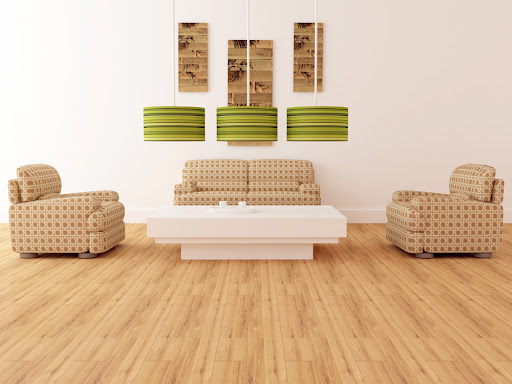To help you better understand and choose the right bamboo flooring, we have put together this guide. Bamboo flooring comes in a wide variety of types and configurations, which can be confusing. We hope this article will answer your questions about bamboo flooring and help you make an informed decision.
What is bamboo flooring?
Simply put, bamboo flooring is flooring made from bamboo. Bamboo grows quickly and is more environmentally sustainable than wood. In recent years, bamboo flooring has become increasingly popular, with a growing variety of styles, colors and types. Choosing bamboo flooring not only offers the comfort of natural flooring, but also has many additional benefits.
Building Types
Common types of bamboo flooring construction include horizontal, vertical and strand woven bamboo. Horizontal and vertical bamboo are spliced together using horizontal or vertical bonding, which determines the grain pattern of the floor, while strand woven bamboo is made by weaving and compressing the bamboo fibers, which gives it great durability and strength. To learn more about the bamboo flooring manufacturing process, please see: How is bamboo flooring made?
Profile types and fittings
Our bamboo flooring is available with tongue and groove installation profiles or snap-in installation systems. Both solid and engineered bamboo can be floated on top of a mat or glued directly to the subfloor. Only bamboo parquet blocks and commercial bamboo flooring need to be fixed in place (not floating).
Plank types
Bamboo flooring can be categorized into plank type and parquet type. Planked bamboo flooring is a long single plank in various widths; engineered bamboo is available in larger widths (up to 190mm) due to its superior stability. Parquet bamboo flooring, on the other hand, is a small, uniformly sized floor that makes it easy to build diverse geometric patterns. For more information: What is parquet bamboo flooring?
Floor finishes
All bamboo floors need to be pre-primed before installation. We offer bamboo flooring in three different finishes: matte lacquer, satin matte lacquer and aged bamboo flooring. Aged bamboo floors are deliberately aged before painting to give the bamboo a unique texture and authentic look.
Color Options
As the demand for bamboo flooring continues to grow, there are now a wide range of colors to choose from. The standard color palette for bamboo flooring is natural or carbonized tones. Natural bamboo has a golden yellow hue, which is transformed into a coffee brown when carbonized and smoked. We also offer a range of stained bamboo in chestnut brown, lime, pebble grey, rustic carbonized and more.
Bamboo Flooring Guide Summary
Bamboo flooring advantages are listed below:
– Strand woven bamboo is durable and hard wearing
– Bamboo is a sustainable and environmentally friendly flooring product
– Priced at a fraction of the cost of solid wood flooring
– Easy to maintain and clean
– Easy to maintain and clean
– Suitable for all types of domestic spaces
– Most bamboo floors are compatible with underfloor heating
– Floating or fixed installation options
– Wide range of colors
– Complete range of bamboo flooring accessories

